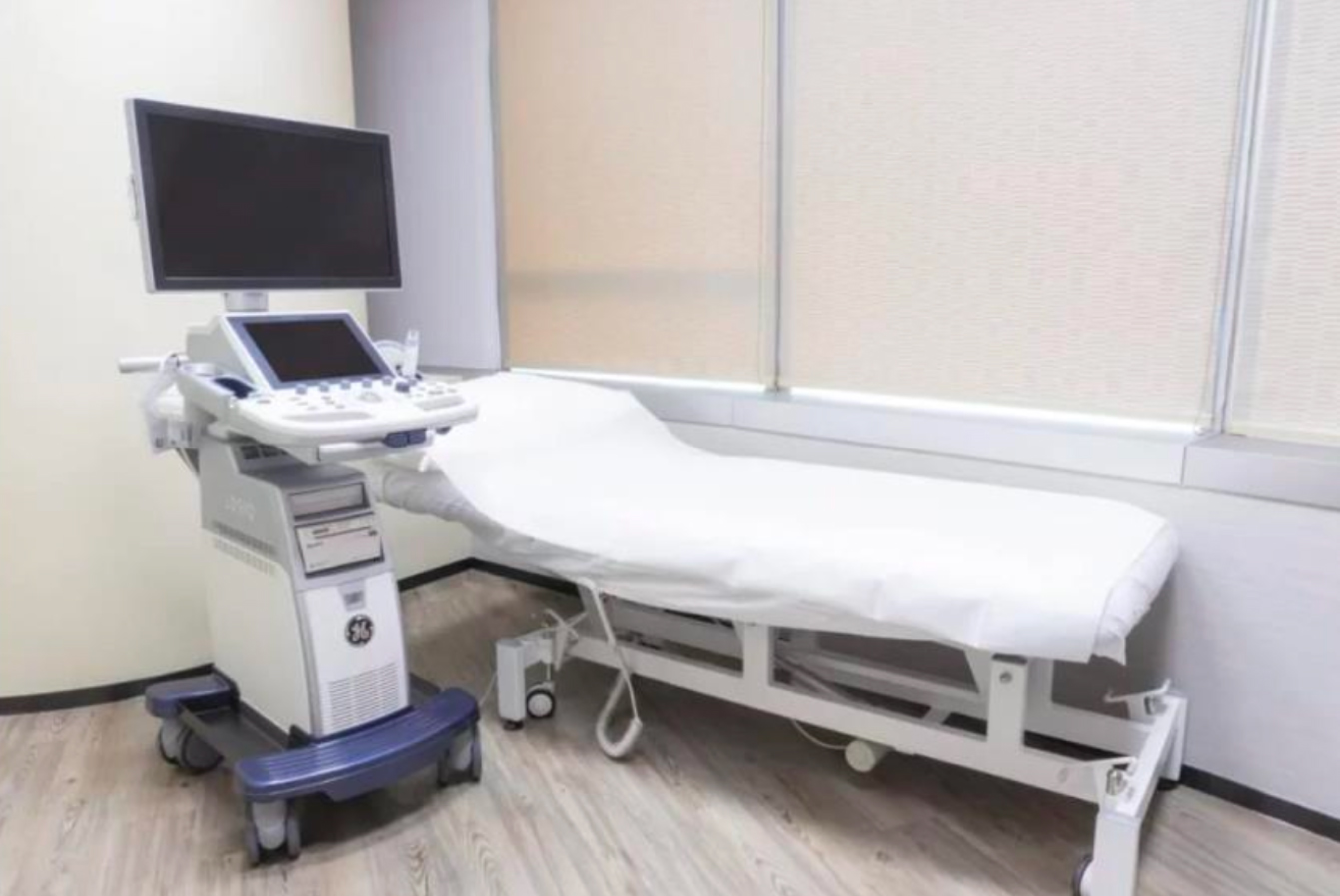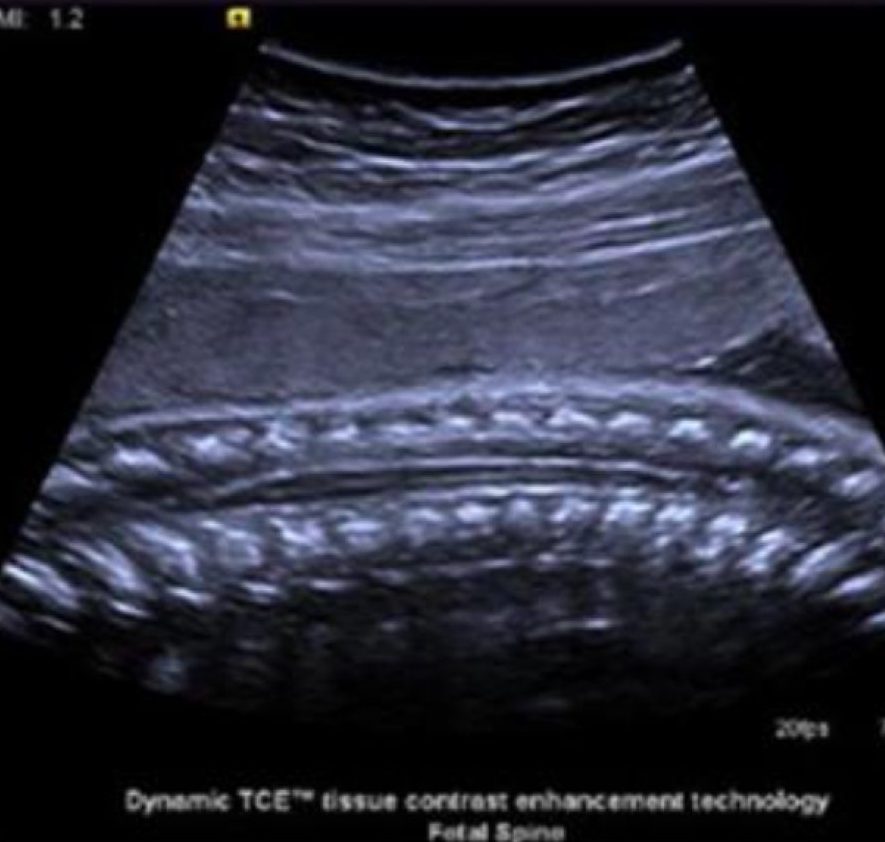
Ultrasound is a technology that uses high-frequency sound waves to examine conditions inside the body. When the ultrasonic waves emitted by the ultrasonic instrument are transmitted through the skin to body organs or tissues, varying degrees of reflection will occur. By analyzing the return signal through the ultrasonic receiver, an image of the detection range can be drawn.


Ultrasound is widely used in diagnosing, guiding medical procedures, and treating, and is often used to
Ultrasound is a very safe diagnostic imaging method. A small number of patients may feel slight discomfort when medical staff place the probe on their body.
